Accessibility symbols
Once you have made your communication accessible, it’s time to tell people what options are available.
You can see some of the ways people with disability’s communication needs can be met in our Disability Action Week materials. This is not a full list but gives an idea of how varied people’s needs are.
| Symbol | Description |
|---|---|
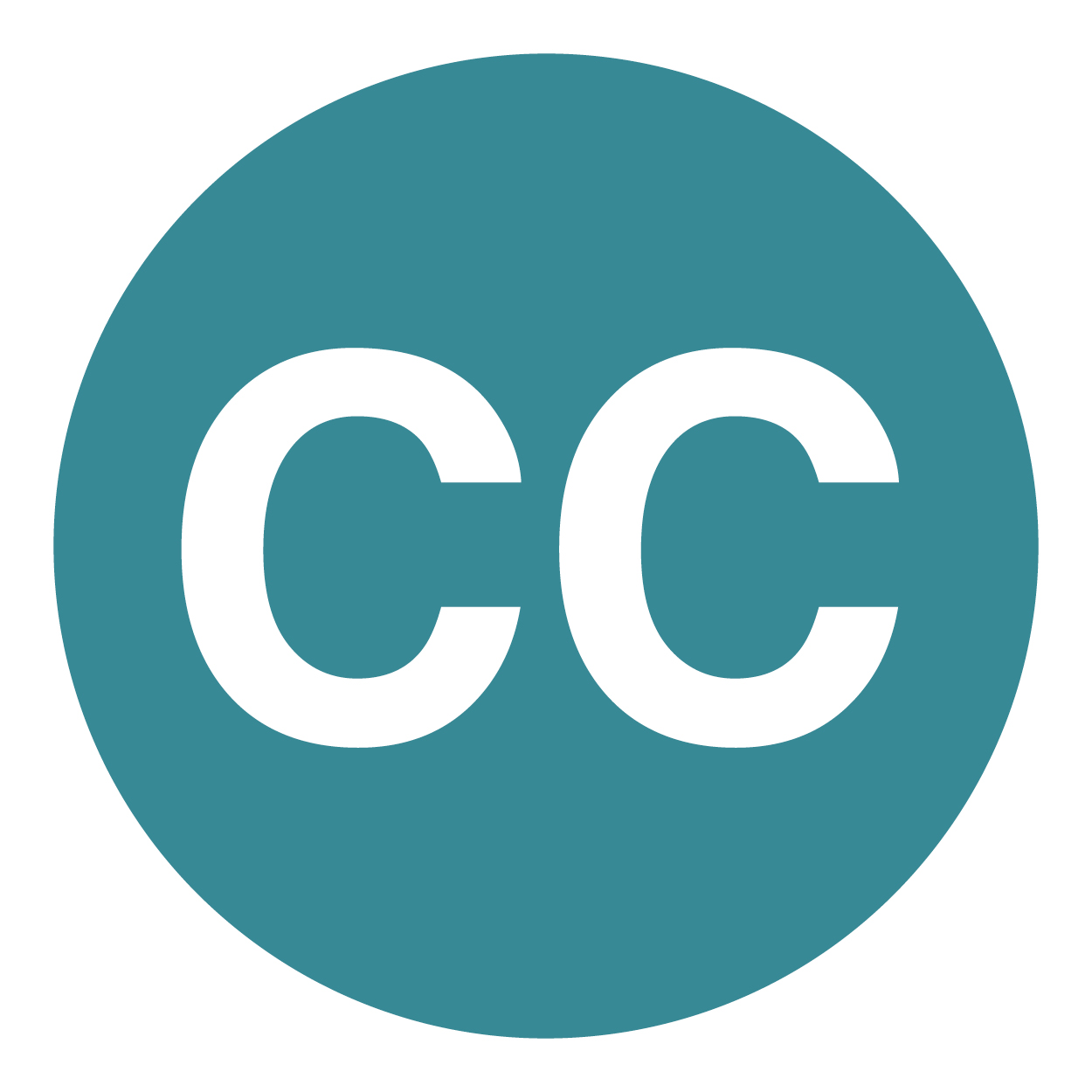
| Closed captions Indicates that closed captions are available. The viewer can control closed captions visibility. Closed captions are a text version of the spoken part of a television, movie or computer presentation. Open captions are always in view and cannot be turned off. |
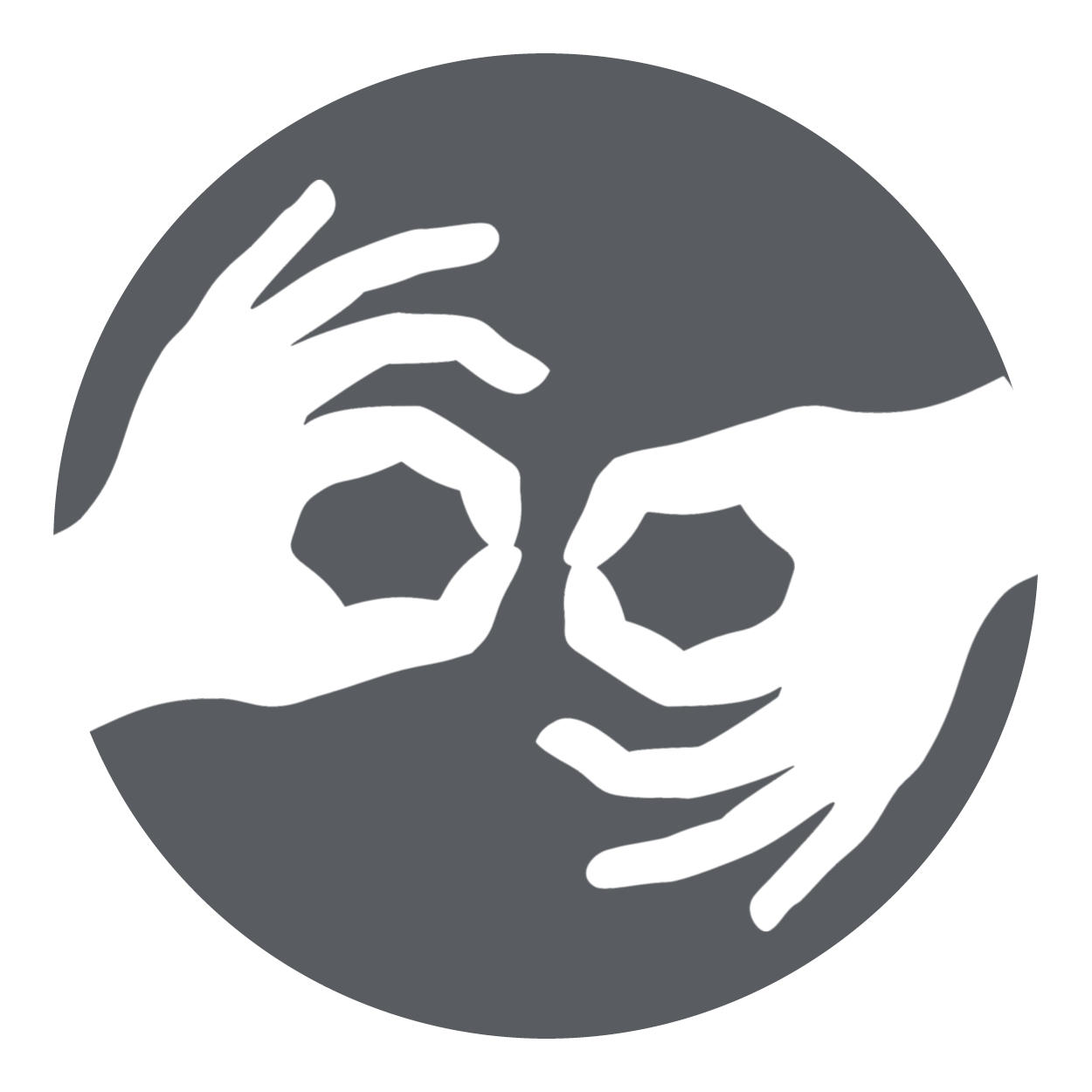
| Sign language interpretation An Australian Sign Language (Auslan) interpretation is provided. Auslan is the language used by the Australian Deaf community. Auslan is a unique language with its own grammar, syntax and linguistics. Find out more:
|
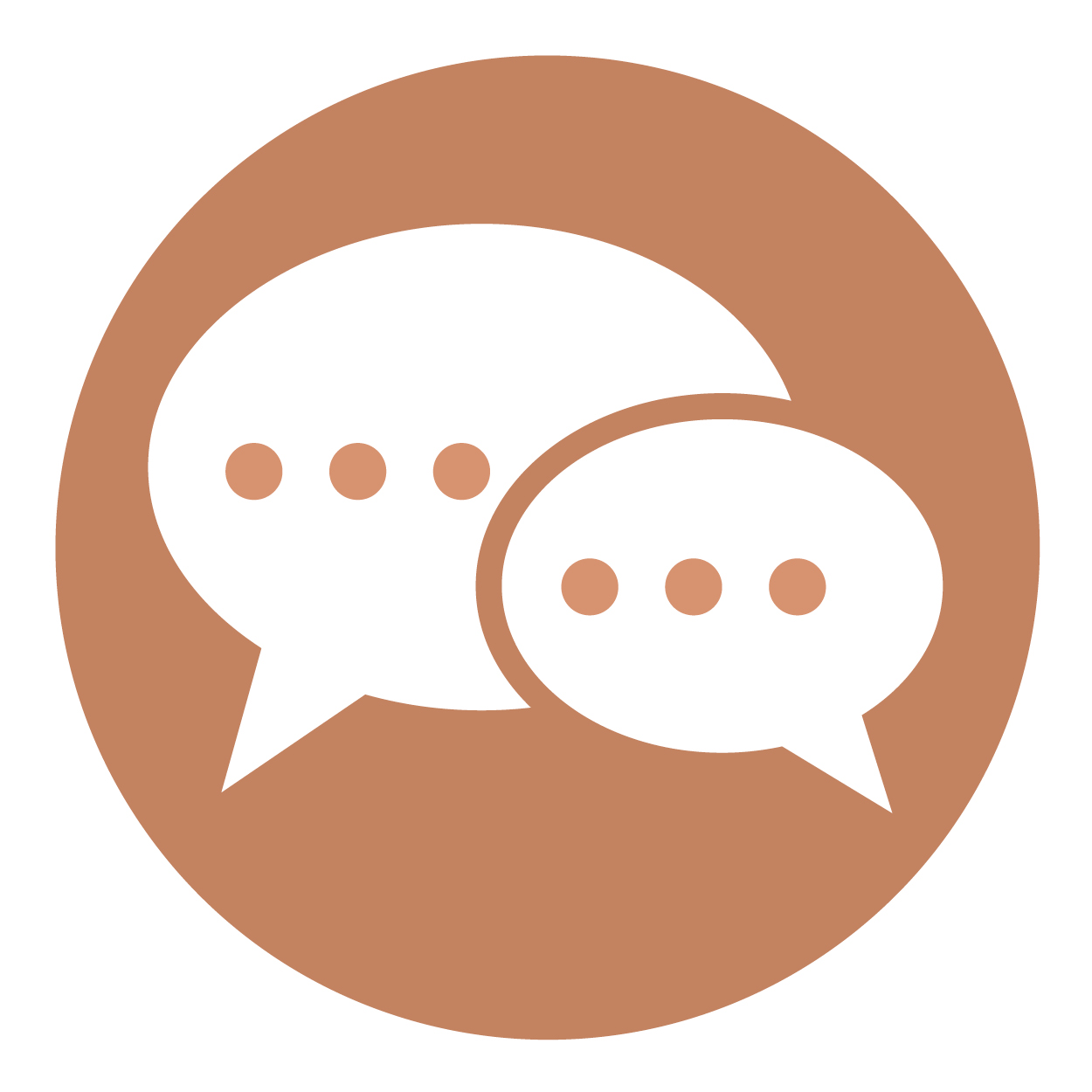
| Conversation This symbol stands for verbal communication between two people. For many people with disability, they just want to be spoken to the same way as non-disabled people. |
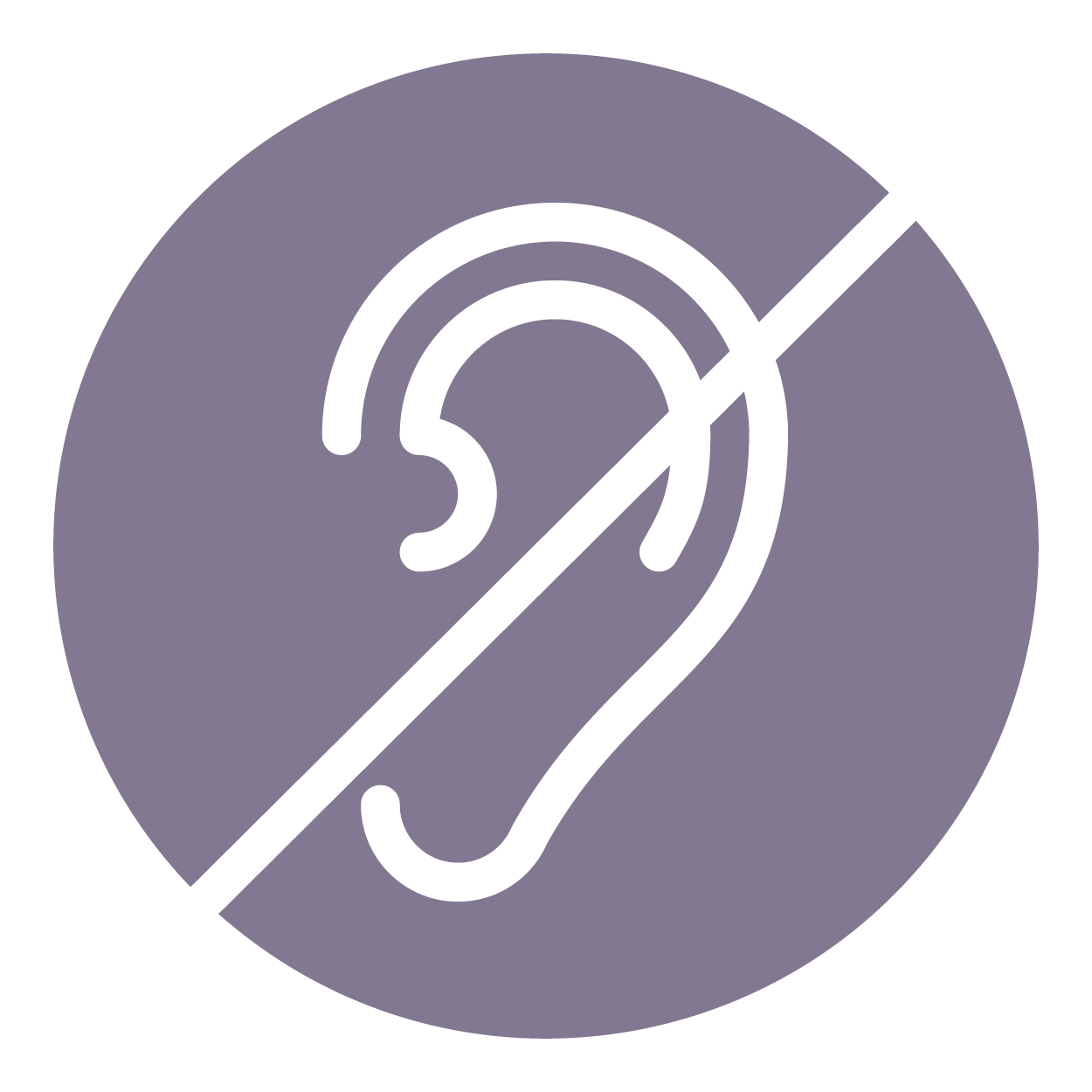
| Hearing access This sign is displayed to encourage people to ask what hearing access options are available. This may be an assistive listening device or indicate the room is looped to ensure people with hearing loss can adjust their hearing aid to hear amplified sound. Find out more about hearing loops and telecoils and working with people who are deaf or hard of hearing. |
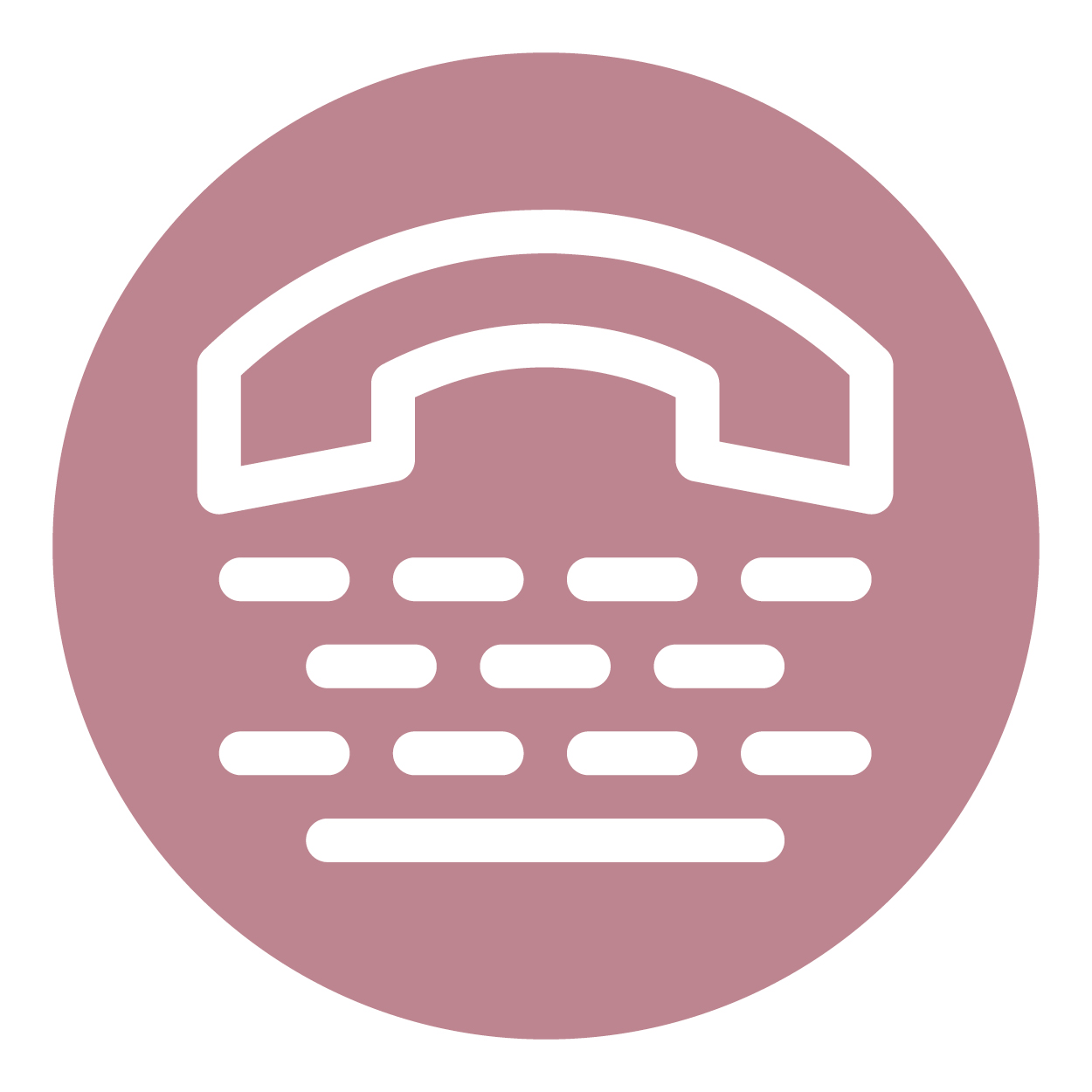
| Telephone typewriter This symbol means that a device that allows for typed messages to be communicated over the phone can be used. This device is sometimes used by people that experience hearing loss, are non-verbal or have unclear speech to communicate with the Deaf and non-deaf community. Find out more about teletype. |
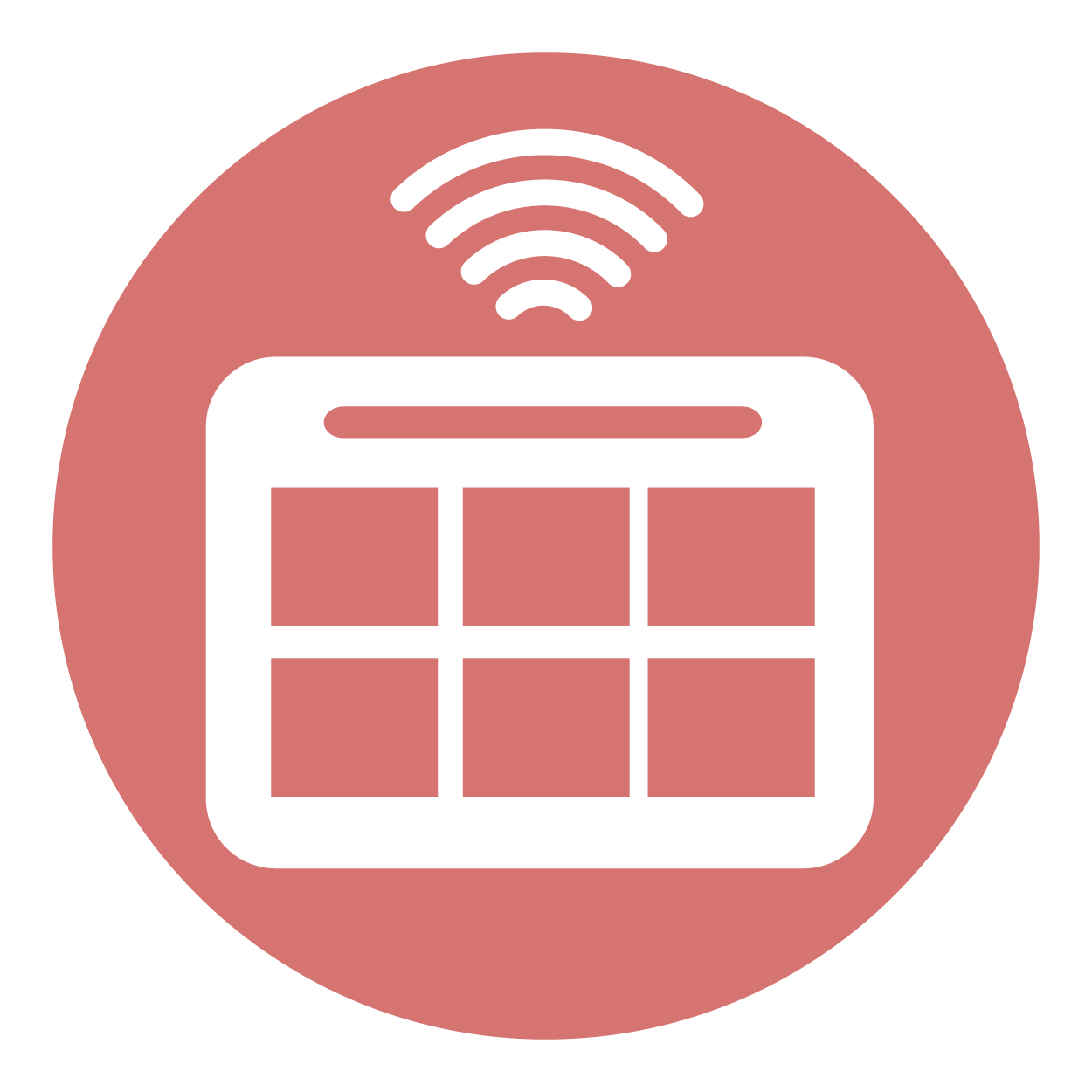
| Augmented and alternative communication (AAC device) AAC devices can supplement or replace speech. People may use electronic devices to speak for them for many reasons. They may use an AAC device because their speech is unclear or because they have little to no speech. People who use AAC include people with intellectual disability, autism, severe speech sound disorders, cerebral palsy, developmental delay and genetic disorders. An individual does not need to have a diagnosed condition to use an AAC device. |
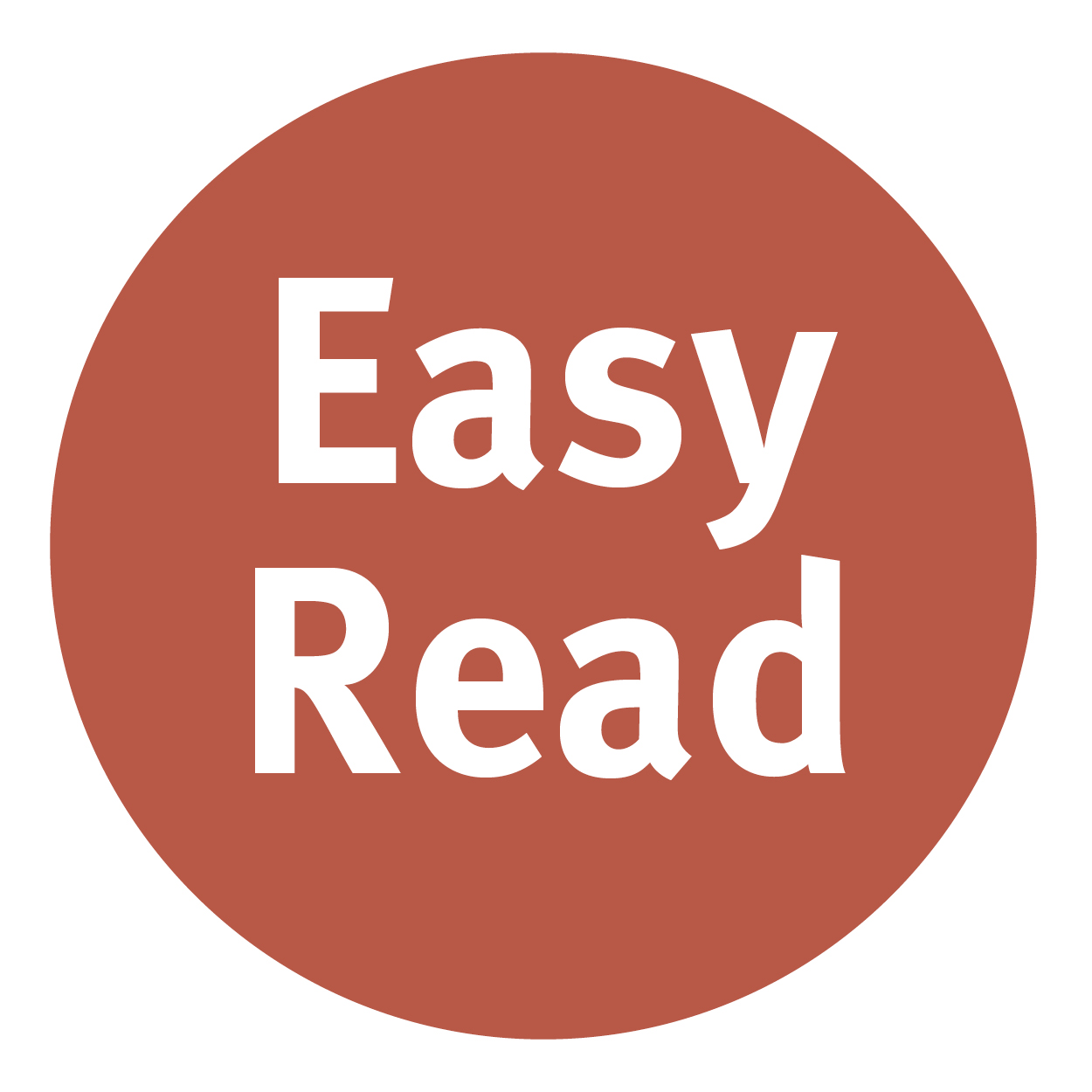
| Easy Read is a way of presenting written information to make it easier to understand for people with communication disability. It may also be used by people from culturally and linguistically diverse backgrounds who have low English proficiency. It includes pictures. Find out more about Easy Read in the Australian Style Manual and Easy Read Australia. |

| National Interpreter symbol This symbol provides a simple way of indicating where people can ask for language assistance when using government and other services. Interpreter: a person who translates spoken messages, concepts and ideas from one language into another language (including sign language). Translator: a person who transfers a written message from one language into another language. Find out more: |


